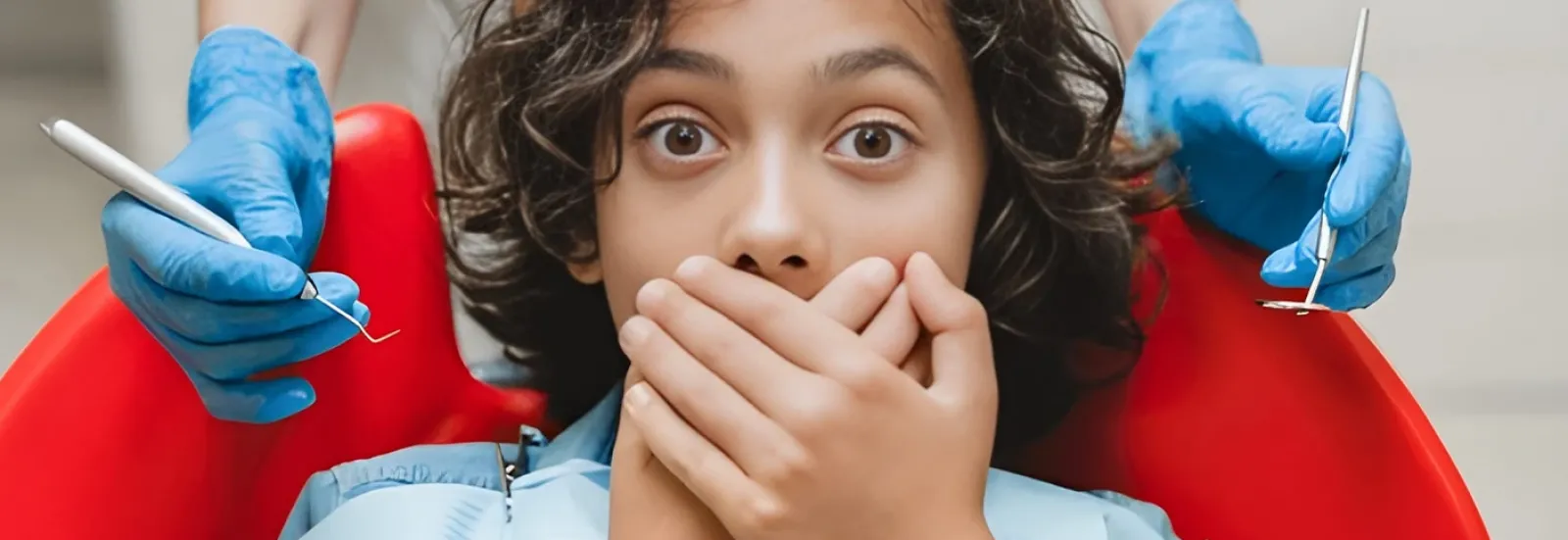

Dental Trauma and Treatments – Prompt Action for Injuries
Dental trauma can occur from sports, falls, or accidents, and delayed intervention may cause serious issues.
Treatment aims to prevent tooth loss, minimize damage to surrounding tissues, and preserve aesthetics and function. Early intervention significantly increases treatment success.
Types of Dental Trauma
-
Tooth Fractures: Enamel, dentin, or complex fractures
-
Tooth Displacement (Luxation): Partial or complete displacement
-
Tooth Avulsion: Complete tooth loss
-
Soft Tissue Injuries: Cuts, bruises, or lacerations in gums and surrounding tissues
Treatment Process
-
Emergency Assessment (0-30 min):
-
Rapid evaluation after trauma
-
Bleeding, pain, and tooth condition checked
-
-
Radiological Analysis (15-30 min):
-
Fractures or displacement detected
-
Panoramic or periapical X-ray
-
-
Treatment Methods (30-90 min, may require multiple sessions):
-
Fractured tooth restoration: Composite filling or crown
-
Repositioning and splinting of displaced teeth: Orthodontic or splint
-
Replantation of avulsed teeth: Special solution and re-insertion
-
Soft tissue repair: Sutures or tissue restoration
-
-
Follow-up (1-6 months):
-
Tooth vitality and root health monitored
-
Endodontic treatment or additional restoration if necessary
-
Advantages
-
Prevents tooth loss
-
Minimizes aesthetic and functional damage
-
Reduces injury to jaw and surrounding tissues
-
Protects long-term dental health
-
Early intervention increases success rate
Patient Guidance & Recommendations
-
Visit the dentist as soon as possible after trauma
-
Store avulsed tooth in water or milk for replantation
-
Soft diet recommended for first 24-48 hours
-
Regular follow-ups and X-rays are essential



